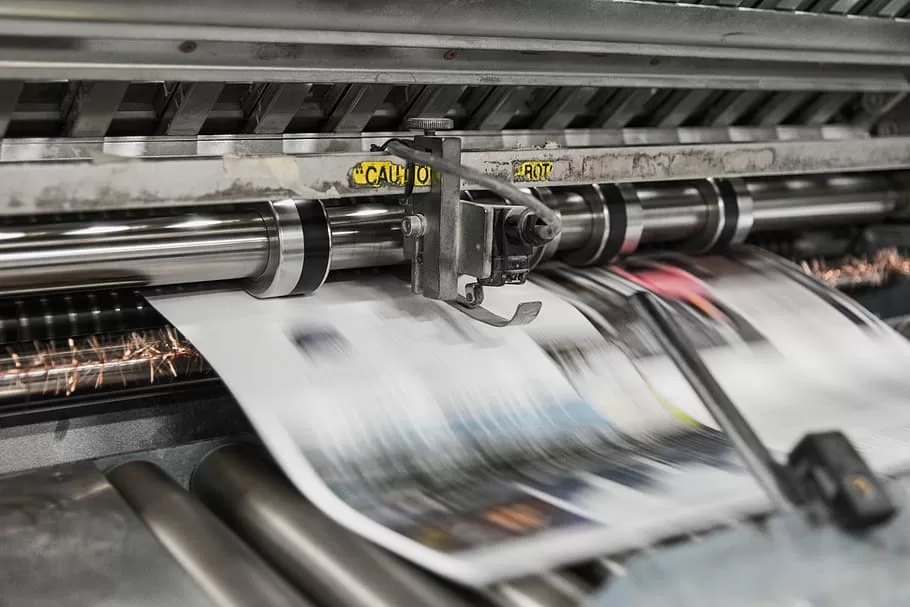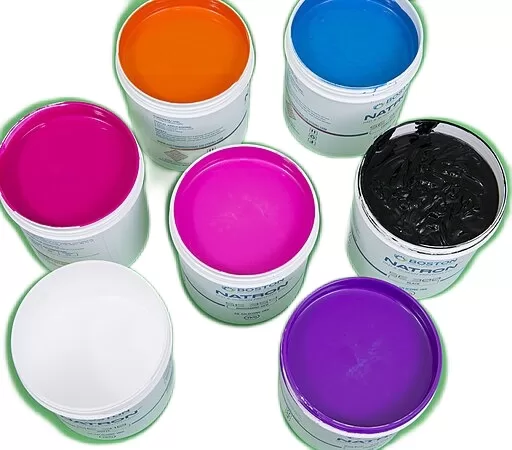In recent years, flexography has grown at the fastest rate. Many flexographic printing sectors have contributed to this growth, including wide web flexible packaging.
Wide web printing involves printing on a large substrate, as the name implies. The vast majority of wide-web printing is done on substrates at least 40 inches wide.
Why choose wide web over other flexo printing methods?
Speed is of the utmost importance for wide web applications due to their size. Many materials need to be processed during packaging runs, so runs are usually longer. Therefore, wide web printing’s speed is arguably its most significant competitive advantage.
Wide web flexo is one of the most popular among the fastest printing options. A wide web print is also an option for many printers when printing on a large substrate or has another unusual application.
Despite the challenges, wide web flexography has developed into a highly efficient process that can run at speeds of more than 1,000 fpm,
The central impression design can stand out from the rest of the wide web and hold the tightest and finest registrations. Typically, wide web presses use chambered doctor blade ink metering systems. Inks for the wide web use faster drying solvents.
Speed and efficiency are key factors when it comes to wide web printing. It is used by some industries more than others.
- Food packaging
- Self-adhesive labels and decals
- Pool liners
- Home or business wallpapers
- Paper towels or other consumer goods (such as wrapping paper & gift wrap)
- Corrugated
In short, this method of printing that uses a web-fed printing press. This technique involves sending a continuous piece of paper (the web) through a printing press one at a time.
Take a look at the benefits of wide web flexo printing if you are unsure whether you want to use it.





